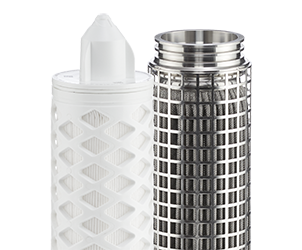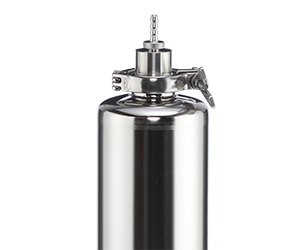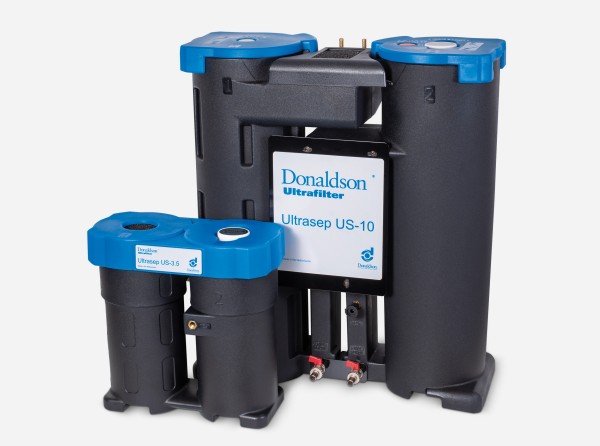Overview
Filtration reduces the risk of contamination throughout the manufacturing process. It is used to remove all types of contamination from the final product or its ingredients. Sterile air may be used to blow bottles or vent a storage tank, and steam should be used to sterilize filter elements and equipment.
Products
Applications
- Boiler feed and makeup water filtration
- Tank ventilation
- CO2 filtration
- Steam sterilization
- Water filtration up to process water
- Filtration of ingredients and base compounds
Regulatory
Filtration in Soft Drink (Non-Alcoholic Beverage) Processing

In addition to a number of industry standards, the U.S. Food Safety Modernization Act (FSMA) of 2010 includes soft drinks and other non-alcoholic beverages in its regulated products. By 2018, processors are required to have a Hazard Analysis and Critical Control Points (HACCP) plan or Hazard Analysis and Risk-based Preventive Controls (HARPC) plan in place, in place to protect consumers against food-borne illness.
While facilities vary, in general, filtration is recommended at the following stages of beverage processing:
- Incoming source water: Pre-filtration of municipal or spring water to remove sediment, particulates and larger microorganisms through a 25 micron filter; produces industrial water suitable for equipment and container cleaning.
- Intermediate processing: Depth filtration through a 10 micron filter to remove smaller particulates and impurities shed during resin or carbon activation steps; especially to preserve integrity of reverse osmosis (RO) membranes.
- Initial bacterial reduction: Sterile-grade filtration through a 5 to 1 micron filter to remove majority of microorganisms potentially present in the water or in containers.
- Final sterile filtration: Critical filtering through a 0.2 micron filter just prior to packaging; using a sterile-grade membrane filter to capture last surviving microorganisms.
- In storage: Tank vent filters on stored product in holding tanks; to prevent the ingression of airborne contaminants while equalizing tank pressure as volume changes.
Working with an experienced filtration partner can help you design a system that is both compliant and cost-effective.
These complimentary resources from Donaldson provide a head start:

Regulatory and Best Practice Overview:
A summary of applicable filtration and sanitary design standards for liquids,
steam, and sterile air use in food and beverage processing.

Filtration Map for Soft Drinks:
A diagram illustrating common control points in soft drink beverage
processing, along with filtration solutions to consider at each point.

Filter Maintenance Schedule:
A recommended filter replacement schedule for steam, compressed air, and
liquid filters in a process line, to optimize both safety and cost efficiency.
Articles





